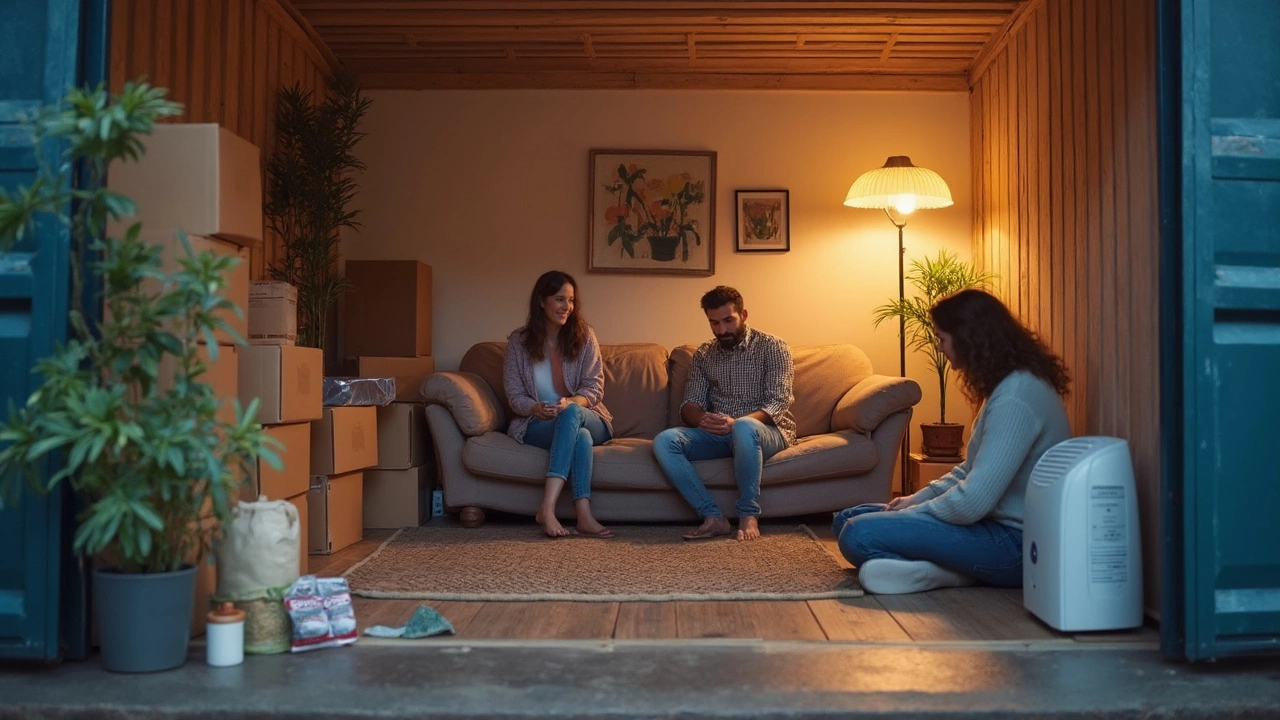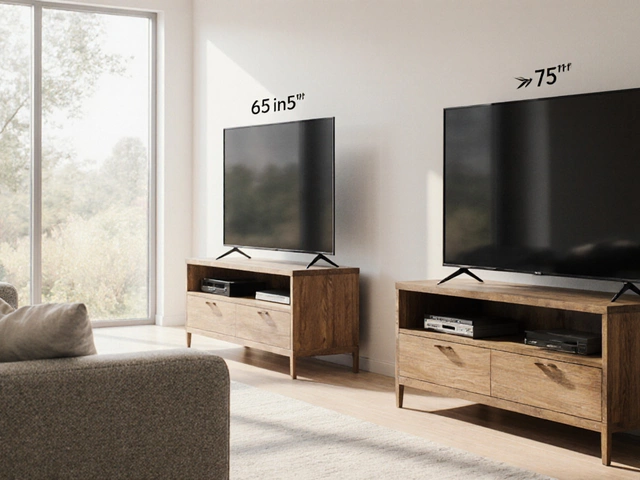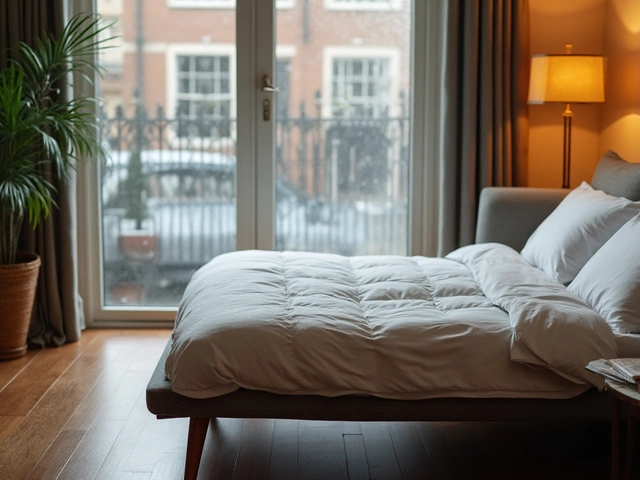Mold Prevention: Simple Tips to Keep Furniture and Spaces Safe
Ever walked into a classroom or office and smelled that musty, damp odor? That’s mold trying to set up shop. It loves moisture, warmth, and anything it can cling to – especially wooden desks and upholstered chairs. The good news? You can stop it in its tracks with a few everyday habits.
Why Mold Shows Up in Learning Environments
Mold spores are everywhere in the air, but they only grow when they find the right conditions. Leaky roofs, condensation on windows, and high humidity from crowded rooms are perfect breeding grounds. When water seeps into furniture, it creates a soft, nutrient‑rich surface that mold attacks within 24‑48 hours.
Older furniture that’s been stored in damp basements or un‑ventilated closets is especially vulnerable. Even climate‑controlled storage can go wrong if humidity spikes during a cold snap. That’s why it’s crucial to monitor both the building and the pieces inside it.
Simple Steps to Keep Furniture Mold‑Free
1. Control humidity. Aim for 30‑50% relative humidity. Use dehumidifiers in classrooms, labs and storage rooms, and check the reading weekly. If you don’t have a hygrometer, cheap ones are easy to find online.
2. Ventilate regularly. Open windows for a few minutes each day, especially after cleaning or when the room gets sweaty from activity. Good airflow dries out hidden moisture before mold can settle.
3. Spot clean spills immediately. A coffee ring on a desk or a water bottle tip can soak into the wood or fabric. Wipe it up with a dry cloth, then follow with a light damp wipe and dry again.
4. Use mold‑resistant finishes. When buying new desks or chairs, look for products treated with antimicrobial coatings. Our own range of educational furniture includes moisture‑blocking laminates that make cleaning easier and discourage growth.
5. Inspect and rotate storage. If furniture sits in a storage room for months, move it every few weeks. This prevents one side from staying in contact with a cold wall where condensation can form.
6. Keep floors clean and dry. Water can travel up from the floor into the legs of chairs and tables. Use water‑proof mats in wet areas and mop up any spills on the floor right away.
7. Address leaks fast. A small roof leak can cause big problems if ignored. Fix any plumbing issues, roof cracks or window seals at the first sign of water.
By making these habits part of your routine, you protect not only the furniture but also the health of students and staff. Mold can trigger allergies, asthma attacks, and other respiratory issues – a real concern in schools and offices.
If you suspect mold is already growing, act quickly. Scrub the affected area with a solution of one part bleach to ten parts water, wear gloves and a mask, and let it dry completely. For severe cases, replace the item and check the surrounding space for hidden moisture.
Staying ahead of mold is easier than you think. Keep an eye on humidity, clean up spills, and choose furniture built to resist moisture. Your classrooms, offices and homes will stay fresher, safer, and look better for longer.






